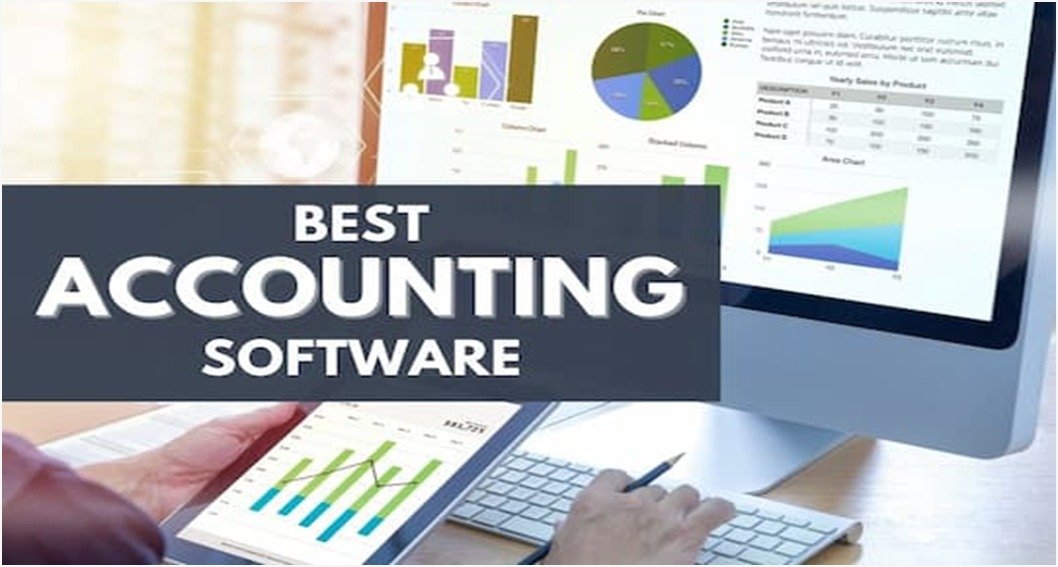Tech
10 Step Guide To A Successful Accounting Systems Implementation

Implementing a new accounting software is a big task for any business. It can take quite a while, and errors can happen if not planned well. That’s why it’s important to treat it like any other important project in your company. By following a clear process, you can make sure it goes smoothly and doesn’t disrupt your business too much. In this article we will talk about the steps to successfully implement a new cloud accounting software.
When you decide to invest in an accounting system, the software provider typically assigns a skilled consultant to guide you through the implementation process. Additionally, many companies appoint a project manager to oversee the implementation journey. Below are the 10-step accounting systems implementation process;
Step 1: Implementation Planning/Project Initiation
To kick start the process, define key project elements such as;
- Objectives
- Scope
- Deliverables
- Assumptions
- Risks
This sets the foundation for a comprehensive project plan. Also, assess your business processes and identify areas for improvement and optimization.
Step 2: Software Installation
Install the accounting software on your computers, ensuring compatibility with your hardware and network. Set up any necessary hardware configurations to support the new system.
Step 3: Team Project Training
Educate your team on their roles and responsibilities during the implementation phase. While this training does not focus on software usage, it does guarantee that everyone is on the same page and contributing successfully to the process.
Step 4: System Design
Before customization, establish a detailed system design plan including functional areas, transactions, processes, security, and database structures. This plan serves as a roadmap for configuring the system to meet your organizational requirements.
Step 5: Accounting System Configuration
Get in touch with consultants to customize the accounting system based on the design plan. Test the configurations thoroughly to ensure seamless functionality. Once satisfied, endorse the system for acceptance.
Step 6: Clean Up Records in Old System
Prior to data migration, tidy up records in the existing system to streamline the transition process. Organized data facilitates a smoother migration to the new system.
Step 7: Data Migration
Execute a well-defined data migration plan to transfer all relevant data from the legacy system to the new accounting software. Ensure all necessary activities are accounted for to minimize disruptions.
Step 8: Systems Training
Develop a comprehensive training plan, possibly with consultant assistance, covering all aspects of the new software. Train your staff adequately to ensure they can effectively utilize the system in day-to-day operations.
Step 9: Go Live
Transition to the new accounting system, marking the final step in the implementation process. Ensure all systems are operational and that employees are ready to utilize the new software.
Step 10: Post-Implementation Support
Expect ongoing support from the software company, including helpdesk assistance and supplementary resources like webinars to enhance user proficiency.
Conclusion
Implementing a new accounting system is a significant undertaking for any firm. By following the 10-step strategy detailed in this article, organizations may assure a smooth transfer to their preferred accounting software. From initial planning and software installation to data migration and post-implementation support, each step plays a crucial role in the success of the implementation process. With the support of skilled consultants and thorough training for team members, businesses can maximize the benefits of their new cloud-based accounting software, paving the way for improved efficiency and streamlined financial management processes.
-

 Business5 months ago
Business5 months agoSepatuindonesia.com | Best Online Store in Indonesia
-

 Technology3 weeks ago
Technology3 weeks agoTop High Paying Affiliate Programs
-

 Tech5 months ago
Tech5 months agoAutomating Your Window Treatments: The Advantages of Auto Blinds
-

 Tech5 months ago
Tech5 months agoUnleash Your Potential: How Mecha Headsets Improve Productivity and Focus
-

 Instagram2 years ago
Instagram2 years agoFree Instagram Follower Without Login
-

 Reviews11 months ago
Reviews11 months agoAndroid Laptop vs. Chromebook: Which one is better?
-

 Instagram2 years ago
Instagram2 years agoIGTOK – Get Instagram Followers, Likes & Comments
-

 Business8 months ago
Business8 months agoFollow These 5 Tips To Avail Personal Loans At Lower Interest Rates




















